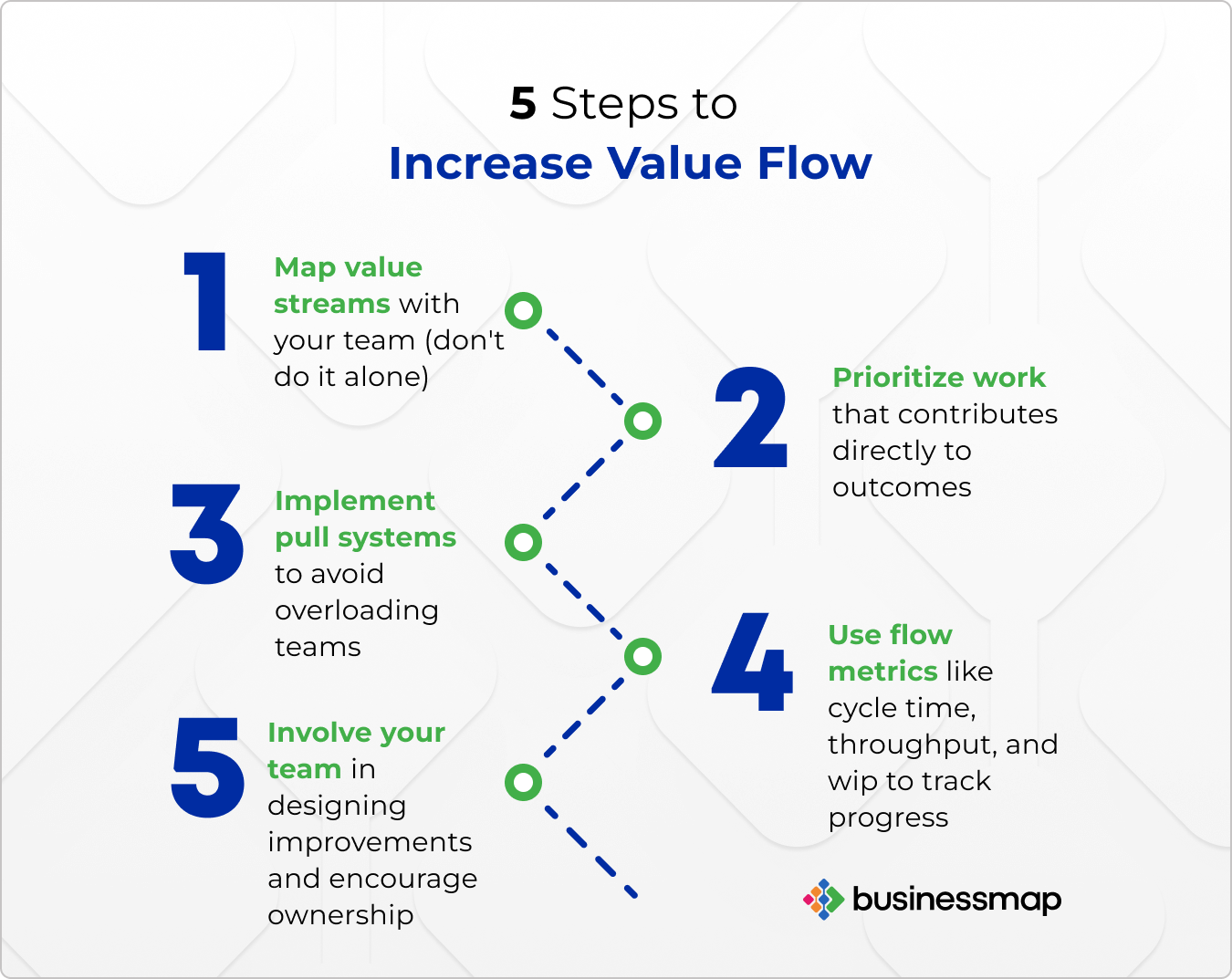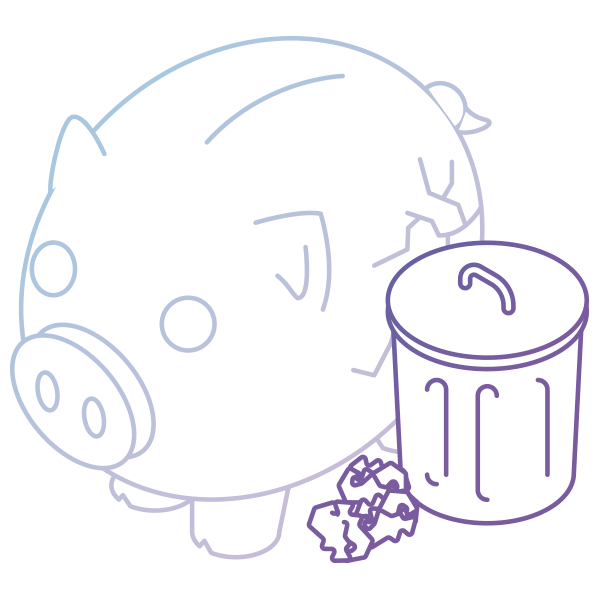Key Takeaways
-
What is Lean value: It's everything the customer is willing to pay for - measured from their perspective, not yours.
-
Why it matters: Value is the core of Lean. Understanding it helps you eliminate waste and optimize for outcomes that matter.
-
How to define it: Ask what customers really want, map your value streams, and involve your team in identifying what delivers or delays value.
-
How to improve it: Eliminate non-value-adding activities, measure flow efficiency, and use tools like 5 Whys, A3, and Gemba walks.
What Is Lean Value?
Lean value is simple but powerful: it's what your customers are actually willing to pay for. It's not about what you think is important - it's about what they find helpful, valuable, and worth the cost.
For example, if you buy a laptop that doesn't come with an operating system, you've got a product - but not the full value. You'll need to pay more and waste time getting it usable. That's not Lean value. That's friction.
In Lean thinking, value is defined by the customer, not by your internal processes or opinions. And customers don't want fragmented value - they want the complete solution, delivered smoothly.
How Do You Define Lean Value from the Customer's Perspective?
The first step is getting your whole team aligned on one question: "What does the customer actually care about?"
To do that:
1. Map your processes
Use value stream mapping to see the flow from idea to delivery.
2. Define value activities
They must:
- Move the product closer to completion.
- Be something the customer would pay for.
- Be done right the first time (no rework).
3. Spot the waste
Anything that doesn't fit the above is either:
- Pure waste: unnecessary meetings, long waits, rework.
- Necessary waste: tasks like testing that support quality but aren't directly paid for.
What Types of Waste Reduce Lean Value?
Not every task contributes to the customer's needs. The Lean methodology helps you spot and remove waste - non-value-adding activities that slow down delivery, raise costs, and reduce customer satisfaction.
| Waste Type |
Manufacturing Example |
Software Example |
Marketing Example |
| Transport |
Moving parts unnecessarily |
Context switching, interruptions |
Handoff between tools or long funnels |
| Inventory |
Overstocked components |
Unused code/features |
Ready campaigns not launched |
| Motion |
Excessive worker movement |
Searching for info or meetings |
Extra meetings or scattered tools |
| Waiting |
Idle machines |
Waiting on approvals |
Bottlenecks due to rigid hierarchy |
| Overproduction |
Making more than needed |
Unused features |
Producing content without a clear plan |
| Over-processing |
Unnecessary polishing |
Over-engineering solutions |
Manual reporting instead of automation |
| Defects |
Faulty products |
Bugs and crashes |
Mismatched brand or wrong messaging |
What Activities Add Value - and Which Ones Don't?
To know if something adds value, ask three questions:
- Does it move the product forward in its journey?
- Would the customer willingly pay for it?
- Is it done right the first time, with no rework?
If the answer is "no" to any of these, it's likely waste. And waste slows you down, increases costs, and reduces value.
How Do You Maximize Lean Value Delivery?
Delivering lean value means optimizing your processes to cut waste and boost efficiency. Start by mapping your value streams. Tools like Kanban and Value Stream Mapping make work visible, so you can see where value is created - and where waste sneaks in. Involve your team in the process. They'll know where the blockers are.
Key Steps to Increase Value Flow
-
Map value streams with your team (don't do it alone).
-
Prioritize work that contributes directly to outcomes.
-
Implement pull systems to avoid overloading teams.
-
Use flow metrics like cycle time, throughput, and work in progress to track progress.
-
Involve your team in designing improvements and encourage ownership.

How Do You Measure and Improve Lean Value?
To sustain value delivery, you need to measure and continuously improve.
Useful Metrics
-
Cycle Time: How long does it take to finish one item?
-
Throughput: How many items can you deliver in a time frame?
-
Flow Efficiency: Time spent working vs. total time in the system.
-
Blocked Time: How often work gets stuck (and why).
These help you spot bottlenecks and act quickly.
What Tools Help Improve Lean Value Delivery?
-
5 Whys: A simple method to get to the root of a problem fast.
-
A3 Thinking: A visual method for collaborative problem-solving.
-
Gemba Walks: Go to where the work happens. Talk to your people. See the real process.
Why Lean Value Is Your North Star
In Lean, everything revolves around delivering real value to real people. When you cut out the fluff and focus on what customers truly need, you:
✔️ Improve customer satisfaction
✔️ Reduce costs and delays
✔️ Empower your teams
✔️ Build a resilient and efficient organization
Value isn't static. It evolves with your customer. But with Lean principles and practices in place, you'll be ready to deliver it - again and again.
Businessmap is the most flexible software
to align work with company goals









